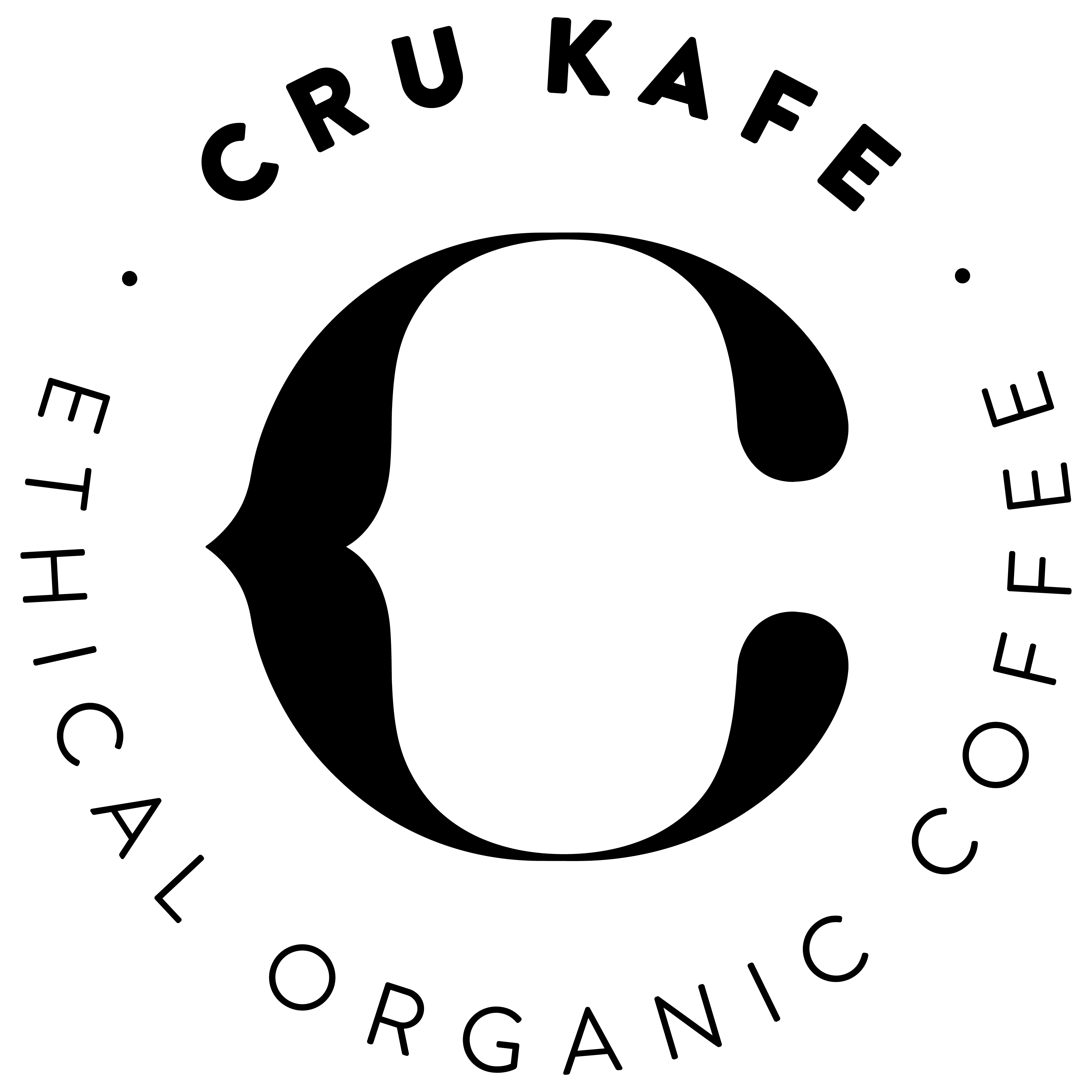When was the last time you slowed down to fully savour your coffee? To fully indulge in all the unique taste notes and aromas of each blend? Coffee drinking is really an art form - and when done properly, coffee tasting can open a whole new sensory experience.
Professional coffee tasters, called Q Graders, carry out coffee cupping and tasting to measure the quality of a coffee. Q Graders will often ‘grade’ a coffee using the SCA Cupping Form, which focuses on the evaluation of 11 key points. These are: fragrance, aroma, flavour, aftertaste, acidity, body, balance, cleanliness, uniformity, sweetness and overall.
To get you started on your own sensory odyssey, we’ve broken down an otherwise intricate process into just four simple steps. Whether you’ve got a Nespresso or bean to cup machine at home, or prefer a pour over or mokapot - the next time you’ve got a moment, we welcome you to really slow down, explore and experiment with tasting your coffee.
Step 1: Smell
Upon brewing your coffee, what do you smell? If you’re using our beans or grounds, what do you smell upon opening the bag - and does it change when you’ve brewed it?
It’s generally believed that between 75-95% of what we taste actually comes from our sense of smell. We’ve got five different taste receptors on our tongue - sweet, savoury, salty, sour, bitter and umami; however, your nose can pick up on 1 trillion aromas!
Smell and taste are heavily intertwined - so actually most of the ‘flavour’ you will pick up on when eating or drinking every day is actually mostly down to smell. This is called retronasal olfaction - it’s also the reason you might not be able to taste as well when you’ve got a bad cold.
World Coffee Research organisation has compiled a Sensory Lexicon, a tool for understanding and measuring coffee’s flavours and aromas. In fact, every flavour and aroma has a specific product attached (for example, blackberry is correlated specifically with Smucker’s brand Blackberry Jam). Think of it as a ‘dictionary’ of coffee flavours and aromas; it’s a tool that’s constantly referred to in the coffee industry to calibrate tastes and smells - so a Q grader in Sri Lanka should be noting the same things as a Q Grader in the United States.
Step 2: Taste
Next, it’s time to taste the coffee. Slurp the coffee - letting it ‘spray’ across your tongue. Think of how you would do when wine tasting, aerating the coffee as you drink it. This helps ‘spread’ the coffee around your mouth and fully coat your tongue.
Sometimes, taste can be hard to put into words - so start with the basics. Is it sweet or nutty? Is it earthy, or did you get a hint of spices? Then, you can narrow down to a more specific taste. If it was fruity, did you find notes of berry or melon? If it was acidic, did you catch more of a bright lemon or a mellower orange?
Hand in hand with the Sensory Lexicon is the SCA Coffee Taster’s Flavour Wheel. Designed to help coffee tasters narrow down specific flavours and aromas, it’s recommended you start with the centre 9 attributes (fruit, floral, sweet, nutty/cocoa, spices, roasted, other, green/vegetative and sour/fermented). Once you’ve established the attribute you can use the wheel to help more accurately describe the taste you’ve discovered.
Step 3: Feel
Step 4: Describe
The bottom line
There are no wrong answers in coffee tasting! Taste and preference is purely subjective; your palette might pick up hints of something completely different than someone else. In fact, your brewing method can affect which flavours or aromas will shine through more!
Whether you're a Q Grader or just someone who enjoys a lazy Sunday morning brew, coffee tasting is a great way to increase your knowledge and explore how different beans, roasts, and brewing types taste.
The more you experiment with tasting coffee, the easier it will be to differentiate between different flavour profiles and find those that you like best - and why.
Here at CRU Kafe, we are heavily invested in constantly improving our sensory skills. In fact, a few of our newest team members recently joined 39 Steps Coffee at their SCA Premier Training Campus for a sensory skills foundation course. As a company, it’s important for us to keep our education up and conduct regular tastings of all of our blends - this ensures the products you get at home are consistent across batches and always kept at a high standard.


